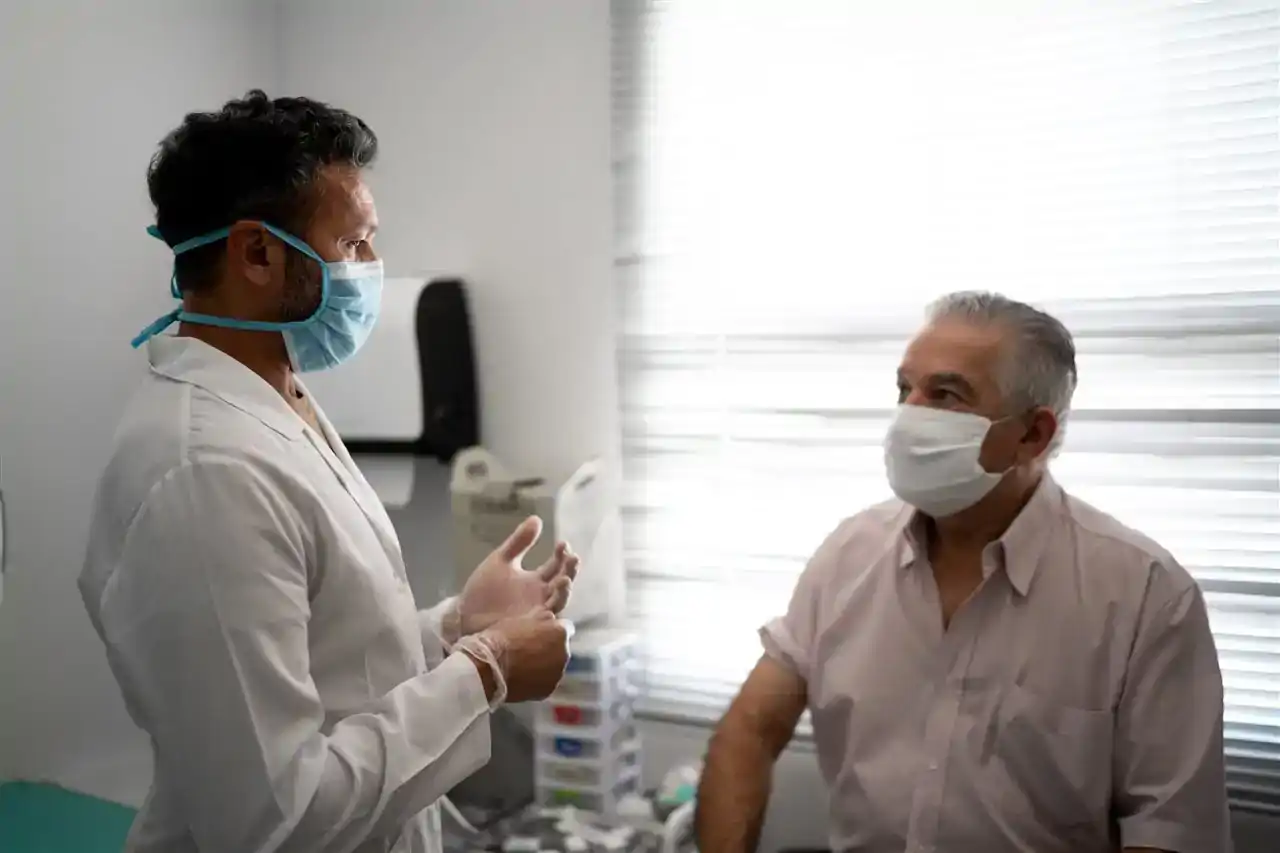Last Updated on November 12, 2023
Take Precautions to Reduce Damage
Most people understand that we use sunscreen to protect our skin from the sun. Too much exposure to UV light raises the risks of eye diseases, including cataract, growths on the eyes, and cancer.
Growths on the eye, such as pterygium, can show up in our teens or 20s, especially in anyone who spends a lot of time under the mid-day sun or in the UV-intense conditions found near rivers, oceans, and mountains.
Cataracts and eye cancers usually take many years to develop. Each time we’re out in the sun without eye protection we could be adding damage that increases our risks for serious eye diseases. Babies and kids need to wear hats and sunglasses for this very reason. People of all ages should take precautions whenever they are outdoors.
What are UV Rays?
Ultraviolet rays are a form of solar radiation that you cannot see. They are higher in energy than visible light. There are three types of UV rays that impact our eye health.
UVC rays are potentially the most harmful to your eyes because they have the highest energy of all the UV rays. The atmosphere’s ozone layers block almost all of the UVC layers. This also means that a depletion of our ozone layer could lead to serious UV health related problems.
UVB rays have lower energy than UVC rays. The atmosphere blocks some of these rays, but many still reach the earth’s surface. These rays are what causes a production of melanin causing your skin to darken and, in higher doses, burn. UVB rays are thought to help cause pingueculae and pterygia. These growths on the eye’s surface can become unsightly and cause corneal problems as well as distorted vision. In high short-term doses, UVB rays also can cause photokeratitis, a painful inflammation of the cornea. “Snow blindness” is the common term for severe photokeratitis, which causes temporary vision loss usually lasting 24–48 hours.
UVA rays are the closest to visible light in energy, which allows them to pass through the cornea and hit the lens and retina.
Overexposure to UVA radiation has been linked to the development of certain types of cataracts, and research suggests UVA rays may play a role in development of macular degeneration.
Children and Eye Health
The risk of damage to our eyes from solar UV radiation is cumulative. The more time we spend out in the sun the greater our risk. Some experts say that because children spend more time outdoors than adults, up to half of a person’s lifetime exposure to UV radiation occurs by the age of 18. Children’s lenses are typically much clearer than an adult, which allows for more UV light to enter into the eye and cause retinal damage.
Being outside as a child also has home eye health benefits. Research shows that children who spend more time outside exposed to daylight may reduce their risk of developing nearsightedness. So not only is exercise great for eye health, but now it seems that getting that exercise while outside may be additionally beneficial. Taking your children outside to play may not only help lower their risk for nearsightedness, but will also teach them good habits for a lifetime of eye health.
4 Tips to Protect Your Eyes from the Sun
- Sun damage to eyes can occur anytime during the year, not just in the summertime, so be sure to wear UV-blocking sunglasses and broad-brimmed hats whenever you’re outside. Check that your glasses block both UV-A and UV-B rays and that are labeled either UV400 or 100 percent UV protection.
- Remember the clouds don’t protect you from UV light. The sun’s rays can pass through haze and thin clouds.
- Never look directly at the sun. Looking directly at the sun at any time, including during an eclipse, can lead to solar retinopathy, which is damage to the eye’s retina from solar radiation.
- Don’t forget the kids and older family members. Everyone is at risk, protect their eyes with hats and sunglasses.
Reposted from What’s Up USANA Blog site by Aubrie Haymore







